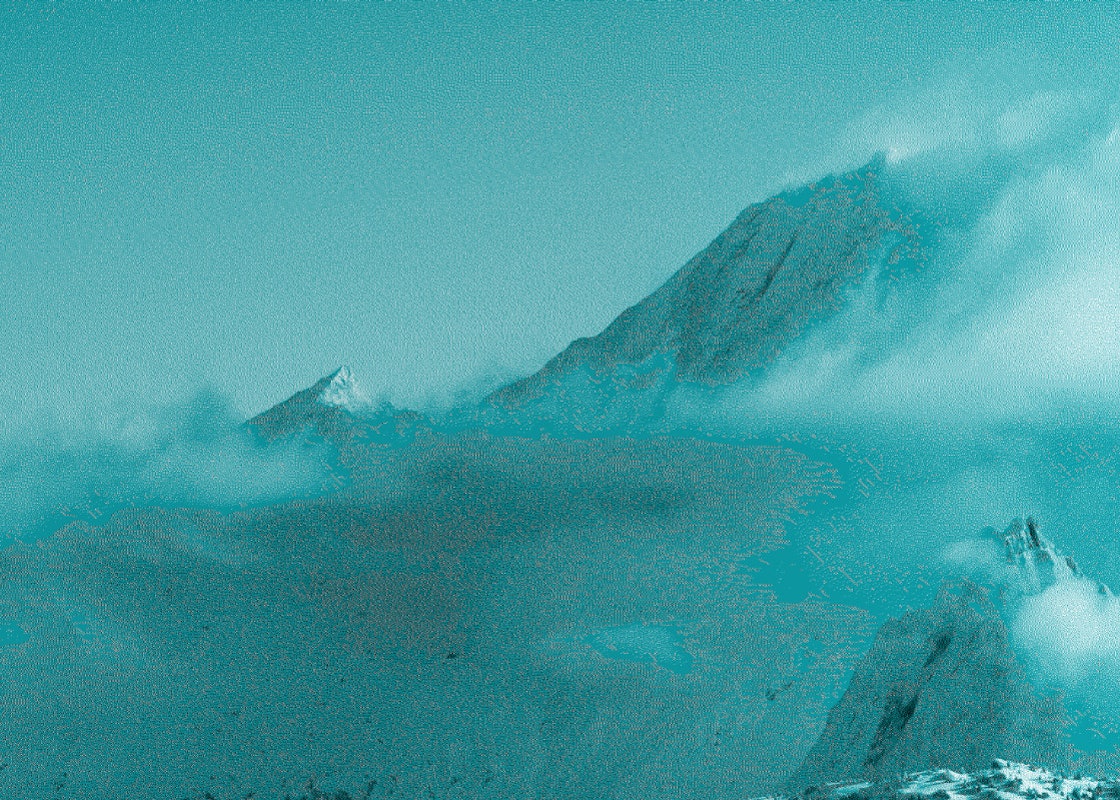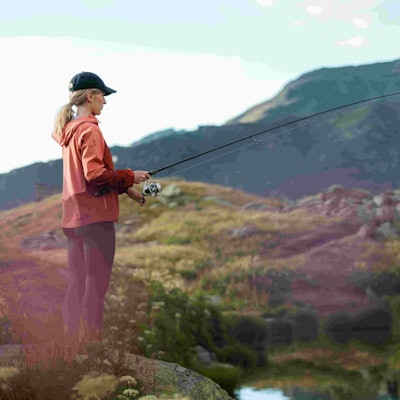
Fishing in the Lakes of Les 3 Vallées: Regulations, Best Spots & Gear
Fishing in Les 3 Vallées: A Must-Do, Especially During Summer!
When skiing is no longer possible in the mountains, it’s the perfect opportunity to enjoy nature in a different way and discover other outdoor activities. Fishing is the must-do summer activity in Les 3 Vallées. In this peaceful French region beloved by nature lovers and hikers, the high-altitude lakes of Les 3 Vallées offer an ideal setting for fishing. These calm bodies of water are havens of serenity.
The spots featured in our guide are perfect if you want to introduce your children to the passionate sport of fishing or simply share a gentle outdoor activity with them. Fishing teaches patience and focus to the little ones, while also strengthening their connection with nature and perseverance.
For adults, it’s also a peaceful retreat where you can recharge in the heart of the Alpine mountains. As parents, you’ll likely enjoy passing down this love for the mountain environment to your children.
Don’t stop at just fishing! After your session, take the Pas du Lac chairlift with your pedestrian pass to enjoy a stroll on the ski slopes, have a picnic by the water, or savor a lunch break in one of the mountain restaurants nestled high above.
A Leisure Activity… with Rules
Although fishing in Les 3 Vallées is an outdoor activity set in a natural environment, it is subject to strict regulations. Most of the mountain lakes in the area are classified as Category 1 fishing zones, and every angler must hold an individual fishing license issued by the AAPPMA (Approved Association for Fishing and Protection of the Aquatic Environment).
Each lake in the valley has specific rules in place to help preserve its aquatic ecosystem and maintain water quality. These rules generally cover:
Fishing seasons
Minimum and maximum sizes for caught fish
Authorized fishing techniques
These regulations are designed to prevent overfishing and ensure the long-term survival of local species such as trout and brook trout. For instance, at Lac Merlet Supérieur, the limit is three fish per day, with a minimum size of 23 cm for trout and 35 cm for Arctic char.
Fly fishing (often practiced as catch-and-release, using barbless hooks) is the preferred method on many lakes, while traditional float fishing is also permitted in some areas. Boat fishing, however, is prohibited on most natural high-altitude lakes.
Some lakes also implement a no-kill policy, where all caught fish must be released immediately. This eco-friendly approach is becoming increasingly popular in mountain environments, as it helps maintain the delicate ecological balance of alpine ecosystems.
To fish with peace of mind and full compliance, be sure to check the specific regulations for each resort. You’ll find all the information you need on the official website or at the tourist office of your chosen destination.
The Essential Fishing Gear Checklist

To fully enjoy your fishing session in Les 3 Vallées, make sure to prepare your gear carefully, keeping in mind the specific regulations for each lake. In the meantime, here is a checklist of essential items and recommended equipment for the different types of fishing :
For coarse fishing, you will need a coarse fishing rod, a pre-rigged line, hooks, and bait such as worms or maggots, along with a bucket to hold your bait and any catches. We recommend bringing a comfortable fishing seat, a landing net to help you bring in your fish, and a disgorger.
For fly fishing, you will need a specific fly rod, a fly reel, and floating or sinking lines, along with a selection of flies. We recommend wearing a fishing vest with multiple pockets for your smaller gear, carrying a fly box, and having a pair of line-cutting scissors on hand.
For spinning, you will need a versatile spinning rod, a suitable reel, and a variety of lures such as spinners and crankbaits, as well as strong fishing line. We recommend bringing chest waders or hip boots if you plan to enter the water, a fishing vest with multiple pockets, and a lure plier for changing or removing hooks.
Be sure to carry a valid fishing license, a fishing knife, and, if needed, a small backpack to transport your gear.
The mountain sun can be intense, so don’t forget a cap or hat, polarized sunglasses for better visibility in the water, sunscreen, and of course, plenty of drinking water.







